Saint Mary and Cecilia
Alabaster, cm 35 x 14 x 6
The two alabaster statues are accompanied by two mistilinee architectural bases above which are two female sculptures depicted: Santa Cecilia and Santa Maria. The couple belongs to the sculptural production of eighteenth-century Sicily, which in the field of decorative arts appropriates the language Rococo, thus aligning with international stylings. In the island, starting from the 1940s of the 18th century, there was an innovation of decorative modules, now projected towards the acquisition of models from across the Alps, a condition that will be maintained for the whole half of the century and beyond. The works take articulated forms, the matter rises from the base and spiraling wraps itself with soft surface undulations. But as it happens for every import reality, we have to take account of the local tradition and this results in a hybridization of formulas that are interwoven with the persistence of the seventeenth century syntax. The crossing between old and new generates an original compositional language, defined as baroque, made of Borrominian memories and new friezes, flutes and volutes. Stylistic renewal, this one, that in Sicily invests all the arts, including sculpture of every material and dimension; among the most famous sculptors we can mention the members of the Serpotta family, also working in Rome and known for their stucco works, Ignazio Marabitti (1719-1797) and Gioacchino Vitagliano (1669-1739).


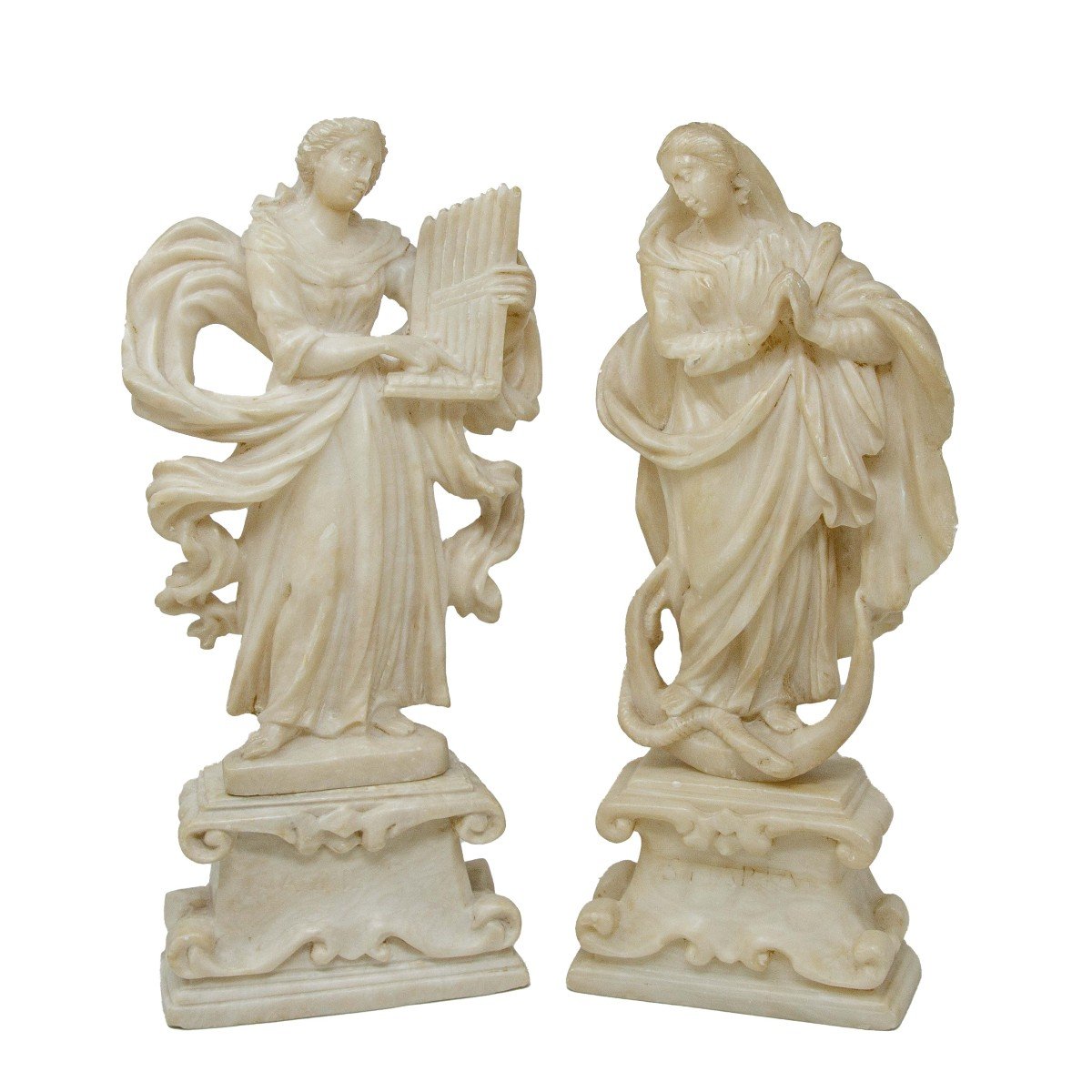
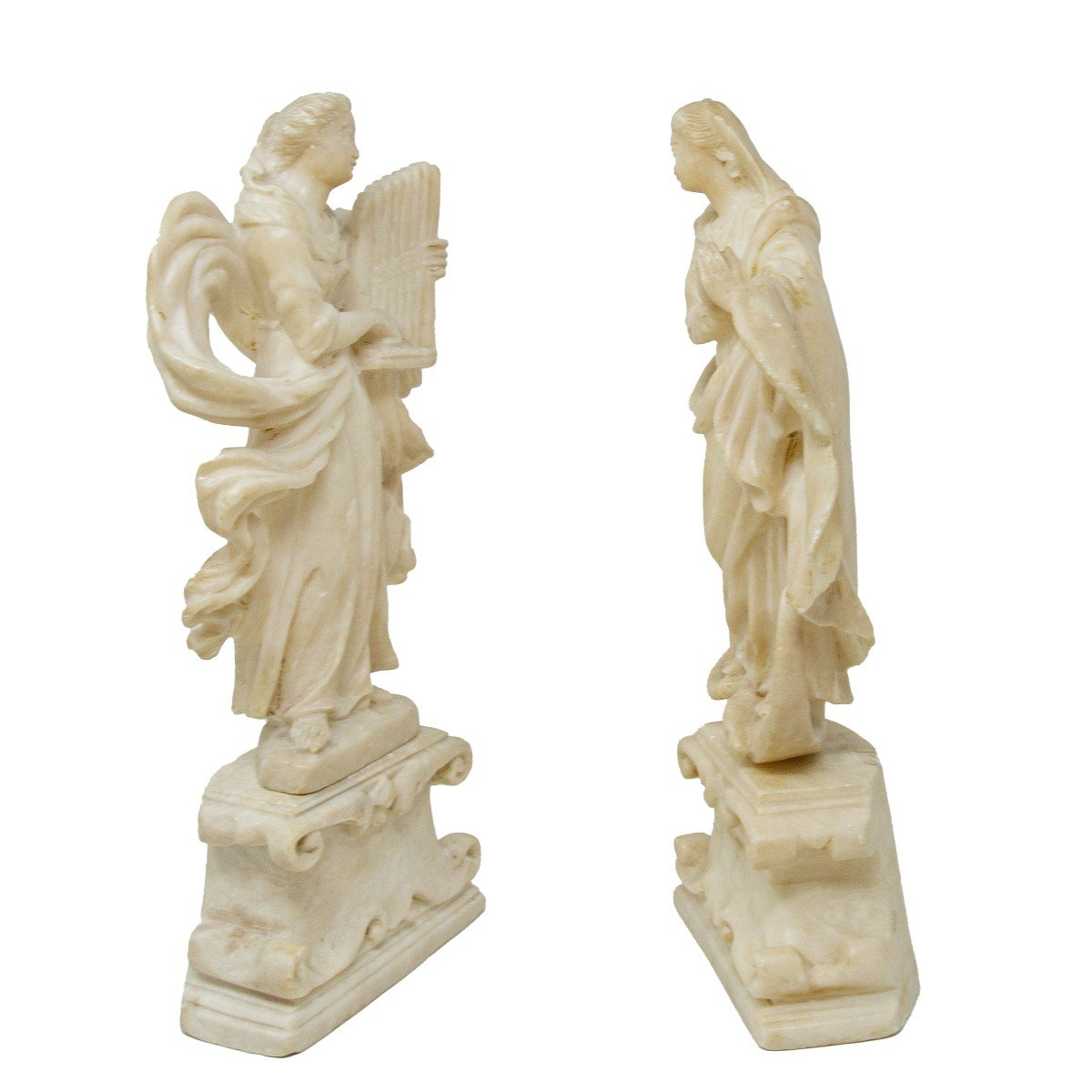
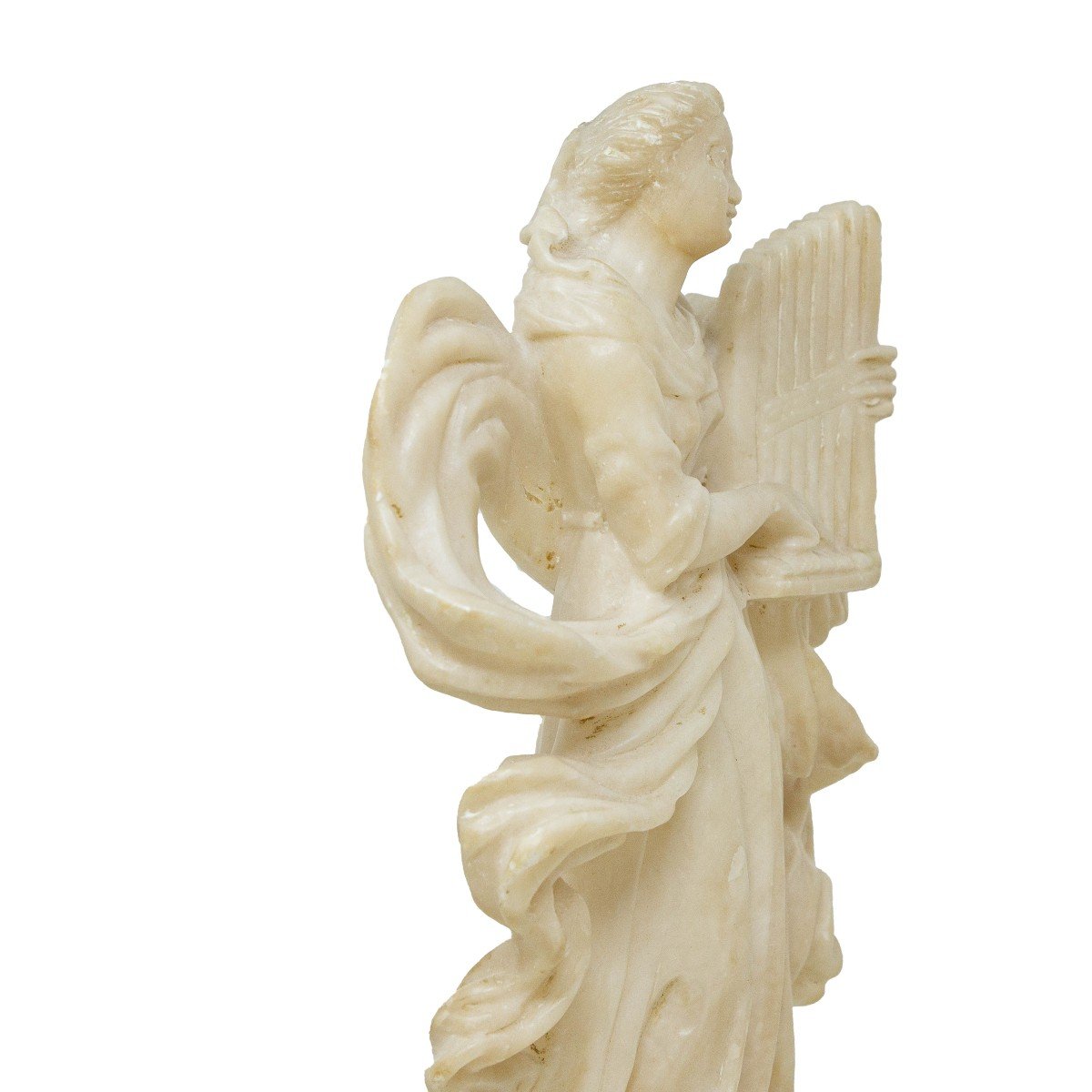











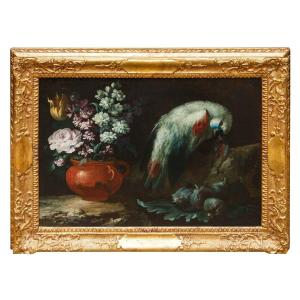


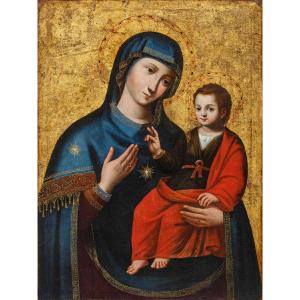



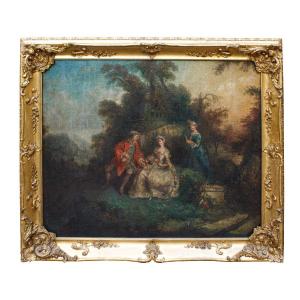


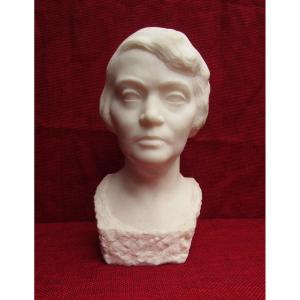


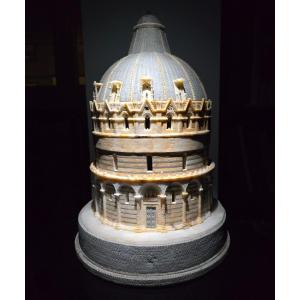
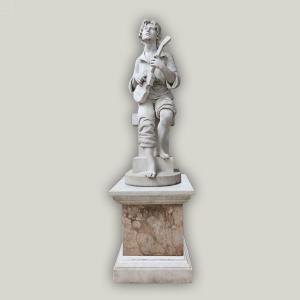



 Le Magazine de PROANTIC
Le Magazine de PROANTIC TRÉSORS Magazine
TRÉSORS Magazine Rivista Artiquariato
Rivista Artiquariato